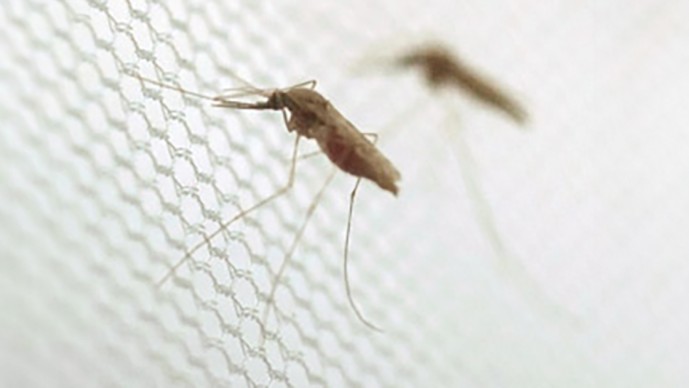Develop a Chemical Strategy to Deplete or Incapacitate a Disease-transmitting Insect Population

Background
Chemical interventions (mainly insecticides) have been instrumental for abatement of disease transmission by vectors, but are severely compromised by the development of insecticide resistance and environmental concerns. The recent sequencing of the genomes of both insect-transmitted pathogens and their disease transmitting vectors has opened a new set of possibilities, when coupled with studies of the biology, immunology and behavior of the organisms, to identify the molecular components required for the disease transmission cycle, offering routes into the development of molecularly targeted drugs that may replace traditional insecticides.
Roadblock
Despite advances in knowledge that have opened up novel and unexplored possibilities, we have not yet succeeded in devising new effective chemicals to control insect vector populations to block their access to humans, or to interfere with their ability to transmit disease.
Challenge
To develop a coherent chemical strategy for making vector populations incompetent to transmit disease agents, or for substantially reducing the prevalence of the vector. The strategy must ensure effectiveness in the field, safety, and social and environmental acceptability. Potential approaches include identifying and validating novel targets for development of safe, efficacious and environmentally acceptable molecularly-directed chemical interventions that are specific for vectors. The targets could be the molecular components of biochemical and physiological pathways that are critical for vector survival, for vector behavior and attraction to humans, or for the inherent competence of the vector to transmit the pathogens. The intent may be to find small molecules, microbial preparations, or other factors that can serve as effective insecticides, modify vector behavior such as anthropophily, serve as effective repellents or lures, or can be used as “smart sprays” to make vectors incompetent to transmit the disease agent.
Potential Benefits
- Effective disruption of the disease transmission cycle, achieving prevention without need to treat the human population
- Production of environmentally safe agents that remain effective for extended periods of time
Priority Areas
- Malaria
- Dengue
- Trypanosomiasis